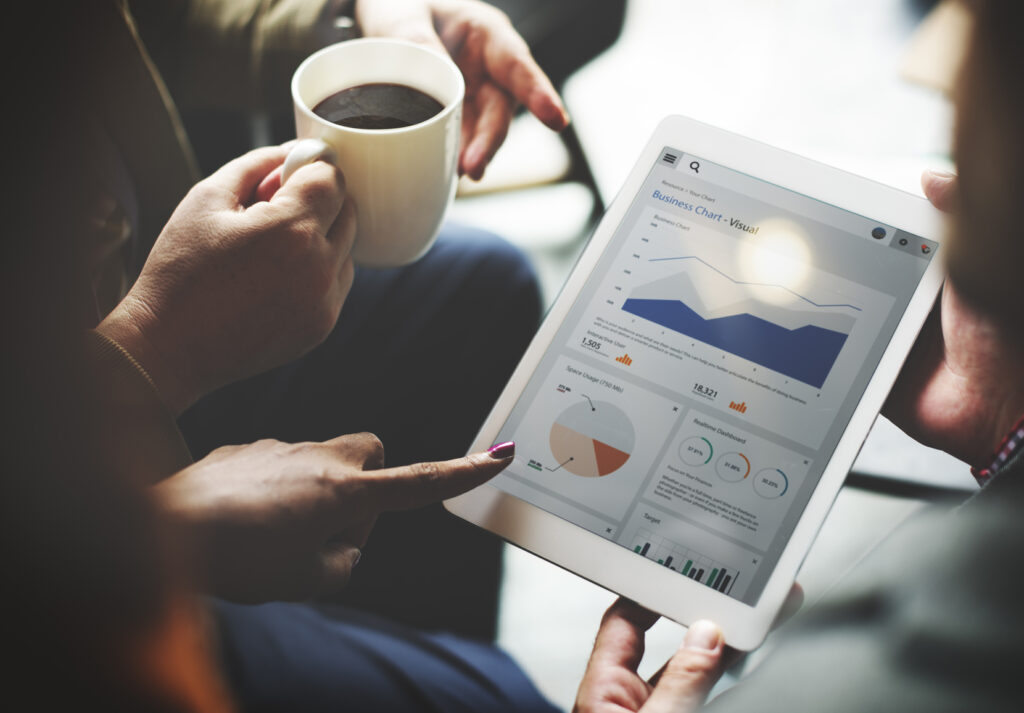Why You Should Use Web Analytics To Measure Ecommerce Activity
Web analytics programs such as Google Analytics can measure the true success of your ecommerce website. With analytics, you can properly answer basic questions like these:
- Do some pages work better than others?
- Does your checkout process help or hinder customers?
- Where do your buyers come from?
- How long do visitors stay on your website?
You invested in properly developing your ecommerce site and keeping it current. Now you need to take your efforts further to determine whether that investment is paying off.
There are numerous analytics programs for you to choose from, some more robust than others. A quite popular choice is Google Analytics. For one, Google Analytics is free. It can also deliver much of the same information that other paid options provide.
What Can I Learn From Analytics?
Once you starting digging into your chosen analytics program, things can get downright scary. For instance, with Google Analytics (GA), not only can you track where your customers come from, you can track where your best customers come from.
You can figure out which of your marketing campaigns provides the best ROI. Is it your Facebook campaign? A local search announcement? Are your best visitors also your best customers, or don’t they buy much? Are people searching for what you are selling?
You can also identify the links that generate the most clicks. Are there things they are searching for that you don’t sell, but could?
In short, you will be able to find out almost everything about the performance of your website and your customers through Google Analytics.
How Do I Set Up Analytics on My Website?
It is relatively easy to set up the software for most of the metrics you want to track. You also need to make sure that the software knows that you want to track an ecommerce site. Then you need to insert some tracking code into your site. And, if you choose to go with Google Analytics, you will need to set up a Google account (which you already have if you own a Gmail address).
This may sound daunting, but some website platforms make it very easy. And you don’t need to be an expert to make it work. Moreover, you can use an online marketing service to help you with the setup if you don’t want to spend the time.
How Do I Read Basic Analytics Reports?
Once you set up analytics to track your website’s performance, it is time to dive into the reports. What can you learn at this point? It turns out that even beginners can learn a great deal.
Some of the metrics that even the newest user of Google Analytics (or any other analytics program) should be able to collect are:
- Who is on your site right now: You can determine real time information about where those visitors live and what are they doing. This is a great way to find out how a promotion or marketing email has affected your customers and your site’s performance.
- How your visitors found you: Did they use a search engine, a local directory or another referral site?
- Who your visitors are: Audience reports provide a wealth of information. Are they first time visitors? How long do they stay on your site? How many pages do they view before leaving? Where do they live? What browser are they using? Are they using a mobile device?
- How your visitors behave: Do they arrive and leave immediately (bounce)? If some pages are under-performing, or have a high bounce rate, you can take steps to improve the visitor experience on those pages.
- Whether your site is selling products, and to whom: Ecommerce metrics are the significant part even for basic GA users. Ecommerce reports can tell you not only how much customers spend and the products they buy, but also how many times they visited the website before they decided to make a purchase.
These are just basics; a robust analytics program can tell you much more about your site. Even if you don’t wish to spend a lot of time learning the inner workings of analytics, you can easily find the basic information listed here. It is up to you whether you decide to spend a small amount time learning to use your analytics software or diving deep to make the most out of your reports.
A warning: You may find it addictive. Knowing what your customers are doing when they use your site can make you want to know even more.

